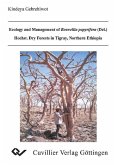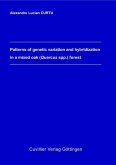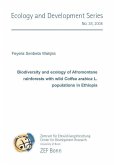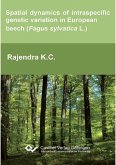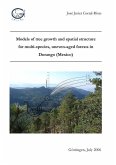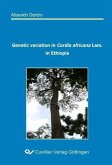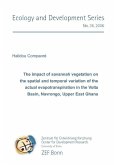Soil nutrient balances are used as indicators of sustainability: from the sum of nutrient inputs and outputs it is possible to define agroecosystems as accrediting, balanced or impoverished. The value of such approaches increases if nutrient balances are related to nutrient stocks in order to estimate the fraction used per cropping cycle to offset potentially negative balances. This thesis reports the results of nutrient balances and soil fertility management studies at different spatial scales (i.e. national, state, farming system/watershed, farm and field). The overall goal was to examine soil fertility management and sustainability of smallholders’ mixed farming systems in Ethiopia (at different spatial scales) using nutrient balances as an indicator.
Nährstoff-Bilanzen werden benutzt als Indikatoren der Nachhaltigkeit von Agroökosystemen: Auf Grund der Bilanz von Einträgen und Austrägen von Nährstoffen können Agroökosysteme als anreichernd, ausgeglichen oder verarmend gegliedert werden. Der Wert dieses Ansatzes lässt sich verbessern, wenn die Bilanzen zu den Bodenvorräten in Beziehung gesetzt werden, also der Anteil des Bodenvorrats, der zur Kompensation negativer Bilanzen pro Anbauzyklus erforderlich ist, bestimmt werden kann. Die vorliegende Dissertation berichtet über Ergebnisse von Nährstoff-Bilanzen in unterschiedlichen räumlichen Skalen (Staat, Länder, Wassereinzugsgebiet, Farm, Feld). Das übergeordnete Ziel war es, das Bodenfruchtbarkeits Management und die Nachhaltigkeit von gemischten Anbausystemen von Kleinbauern in Äthiopien (in unterschiedlichen Raumskalen) mit Hilfe der Nährstoffbilanzen als Indikator zu bewerten.
Dieser Download kann aus rechtlichen Gründen nur mit Rechnungsadresse in A, B, BG, CY, CZ, D, DK, EW, E, FIN, F, GR, HR, H, IRL, I, LT, L, LR, M, NL, PL, P, R, S, SLO, SK ausgeliefert werden.



